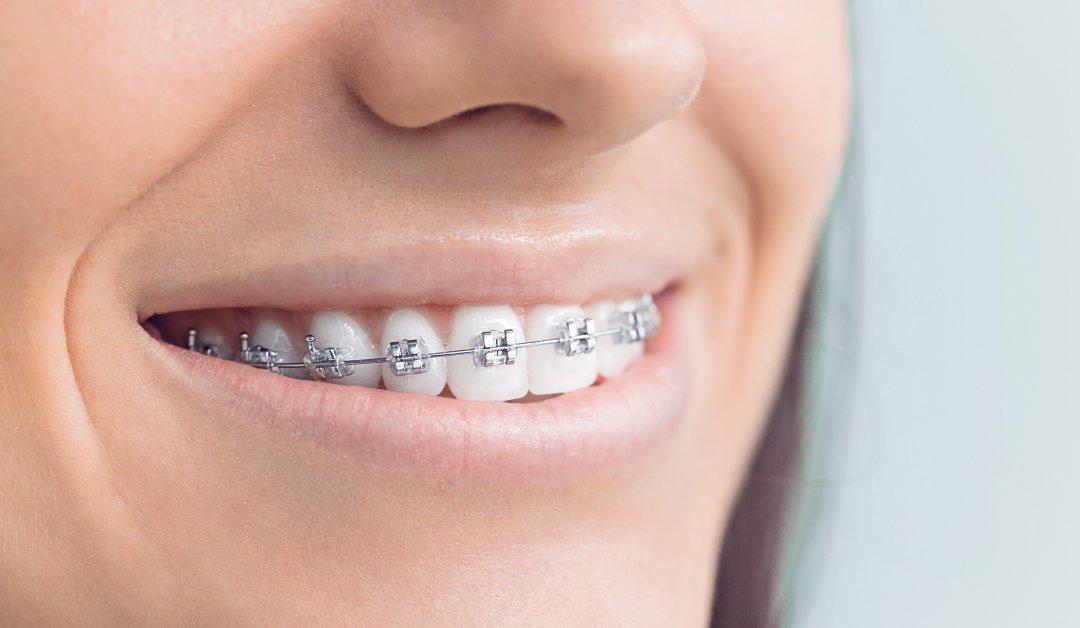When it comes to achieving a straight and confident smile, braces are often the go-to solution. But one common question arises for parents and patients alike: What is the best age for teeth braces? To answer this question comprehensively, we consulted 100 dentists to understand their perspectives, combining their expertise to provide the ultimate guide to orthodontic treatment.
Introduction: The Perfect Time for a Perfect Smile
Braces are no longer just a teenage milestone; they have become a transformative tool for individuals of all ages. While it’s never too late to correct dental alignment, determining the optimal age can ensure faster, more efficient results with fewer complications. This article dives into the process, benefits, and care associated with braces, with expert insights to guide you toward a healthier, more beautiful smile.
Understanding the Purpose of Braces
Braces correct issues like crooked teeth, overcrowding, overbites, underbites, and jaw misalignment. These problems, if left untreated, can lead to difficulties in chewing, speaking, and maintaining oral hygiene. Addressing these concerns early is often key to preventing long-term complications.
Expert Consensus: What is the Best Age for Teeth Braces?
Dentists generally agree that the ideal age for braces is between 9 and 14 years old, aligning with the second phase of growth spurts. Here’s why this age range is optimal:
- Jaw Development: During this period, the jaw and facial bones are still growing, making it easier to correct misalignments and guide teeth into their proper positions.
- Mixed Dentition Phase: By the age of 7, children typically have a mix of baby and permanent teeth. Orthodontists can assess the need for early intervention and plan for braces accordingly.
- Improved Compliance: Younger patients tend to be more receptive to treatment plans and parental guidance, leading to better overall results.
Factors Affecting the Timing of Braces
While the recommended age is a general guideline, several factors can influence the timing of orthodontic treatment:
- Severity of Misalignment: In cases of severe dental issues, braces may be needed earlier.
- Dental Health: Cavities and gum health must be addressed before starting orthodontic treatment.
- Personal Preferences: Adults opting for braces might choose alternatives like clear aligners for aesthetic reasons.
The Role of Early Assessment
The American Association of Orthodontists recommends an orthodontic evaluation by age 7. This allows dentists to detect issues like crossbites, overcrowding, and jaw growth abnormalities early on. While braces might not be applied immediately, early monitoring can prevent more complex problems in the future.
Braces for Teens vs. Adults
- Teens: For teenagers, braces are a rite of passage. With their rapid growth, teeth and jaws are more malleable, making treatment faster and more effective.
- Adults: Braces are becoming increasingly common among adults. While treatment may take longer due to mature bones, advancements like clear aligners make the process more discreet and manageable.
Benefits of Getting Braces at the Right Age
- Efficient Treatment: Younger patients experience quicker results due to their growing anatomy.
- Improved Oral Health: Correctly aligned teeth are easier to clean, reducing the risk of decay and gum disease.
- Boosted Confidence: A straight smile enhances self-esteem, particularly during formative years.
- Long-Term Stability: Early correction minimizes the risk of teeth shifting later in life.
The Process: What to Expect
- Consultation: The orthodontist evaluates dental issues through X-rays and impressions.
- Placement: Braces are applied in a straightforward procedure, often taking an hour or two.
- Adjustments: Regular check-ups every 4–6 weeks ensure progress.
- Completion: Once alignment is achieved, retainers are used to maintain results.
Post-Treatment Care: Maintaining Your New Smile
After braces are removed, diligent care is essential to preserve your results:
- Wear Retainers: Follow your orthodontist’s guidelines to prevent teeth from shifting.
- Practice Good Oral Hygiene: Brushing, flossing, and regular dental visits are crucial.
- Monitor Your Diet: Avoid sticky and hard foods that could damage retainers.
Common Questions About Braces
Do braces hurt?
Mild discomfort is normal after placement and adjustments but can be managed with over-the-counter pain relief.
How long does treatment take?
The duration varies but typically ranges from 1 to 3 years, depending on the complexity.
Are there alternatives to traditional braces?
Yes! Options like clear aligners and ceramic braces cater to aesthetic preferences.
Conclusion: Take the First Step Toward a Perfect Smile
So, what is the best age for teeth braces? While the ideal window is during childhood or early adolescence, orthodontic treatment is effective at any age. The key lies in early consultation, a personalized treatment plan, and diligent care. Whether you’re a parent seeking the best for your child or an adult ready to transform your smile, the time to act is now.





Comments